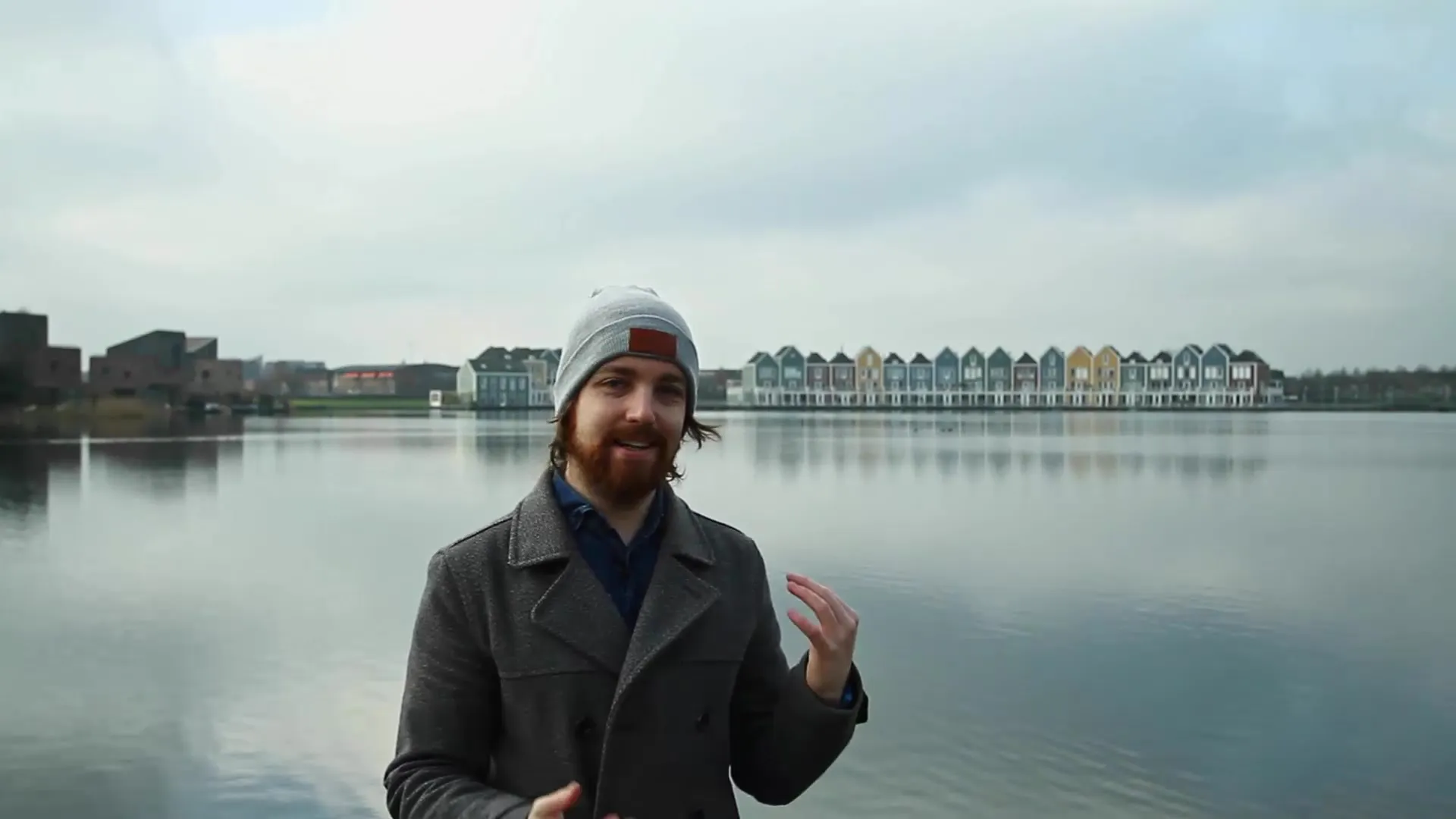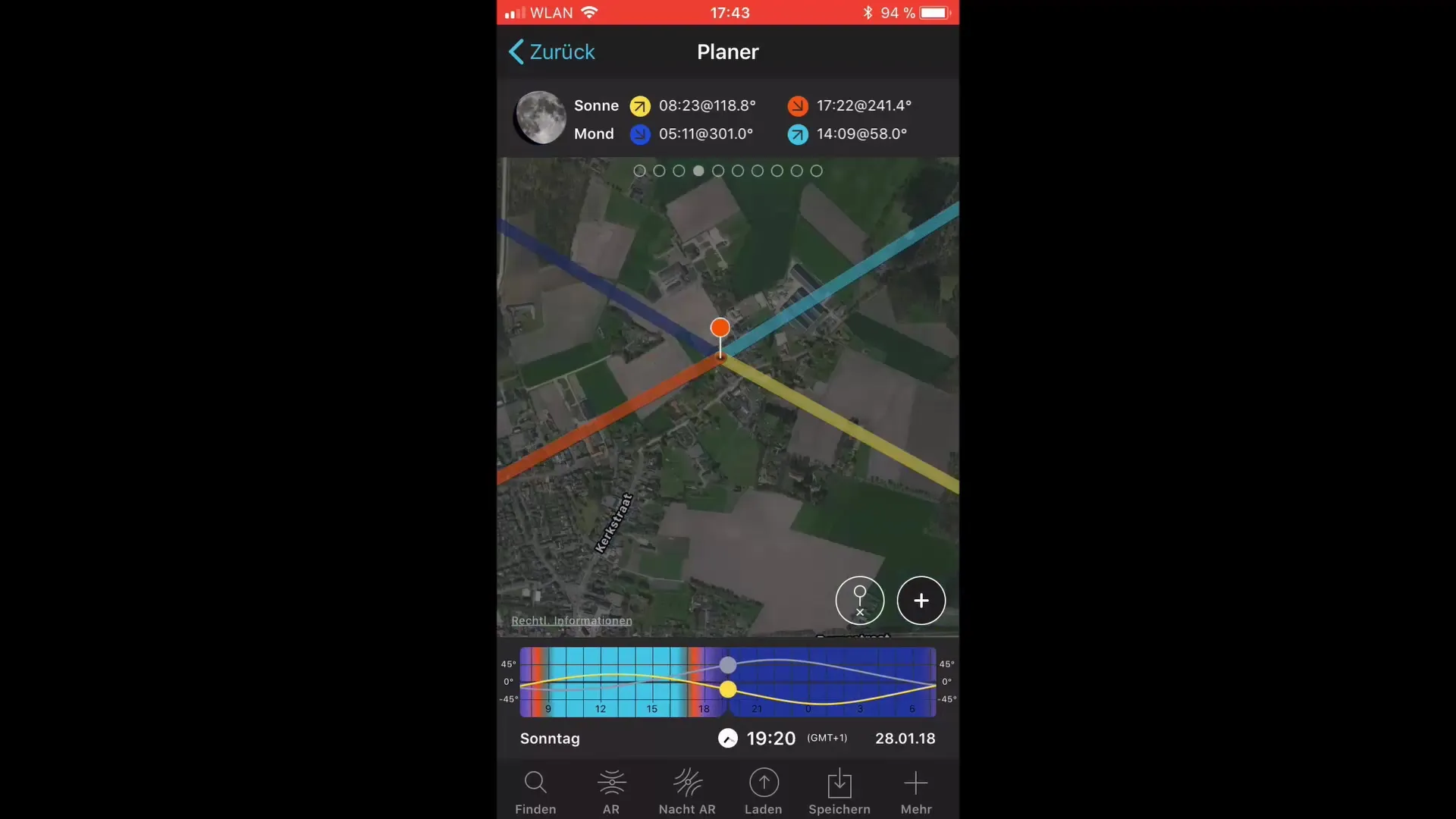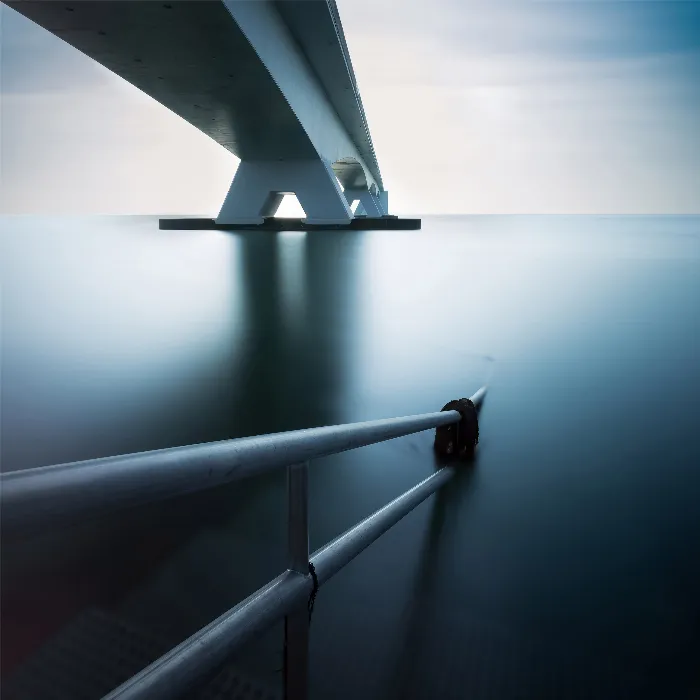Long Exposure gives you the opportunity to create breathtaking images that capture time and movement in a unique way. However, before you press the shutter, it is crucial to find the ideal location for your subject. The right spot can make the difference between an average and a stunning image. In this guide, you will learn how to effectively select the best location to create great long exposures.
Key Insights
- The position of the sun and weather conditions affect the composition of the image.
- Side light is advantageous for the structure of images.
- An app like 'Fotopilz' can help you plan the ideal viewpoint and the best times for shooting.
Step-by-Step Guide
1. Choose the Location
The first step in planning your long exposure is selecting the right location. This is crucial as the spot influences the atmosphere and composition of your image. Ensure you have access to a water subject that you want to smooth out for interesting results.

2. Check Weather Conditions
The weather conditions play a critical role in setting the right mood for your photos. Ideally, you want a slightly cloudy sky. This provides diffuse light and soft shadows that can significantly enhance the image. Check the weather report to find out when conditions are optimal.
3. The Position of the Sun: A Critical Factor
The position of the sun is another important aspect to consider. The position and quality of sunlight can greatly affect the image. Side light creates depth and structure, whereas backlighting can lead to a flat image. Analyze the surroundings and think about where the sun will be in relation to your subject.
4. The Benefits of Side Light
Side light is an excellent choice for long exposures as it creates interesting shadows and contours. It also helps highlight the structures and textures in your subject. Ideally, you want the light to shine obliquely from the side onto your subject. This creates a more balanced and engaging image.
5. Analyze Backlighting Situations
Backlighting can be impressive in certain situations, but it requires special know-how. When the sun is directly behind your subject, the image can easily appear as a silhouette, which is often not ideal for long exposures. Pay attention to how the light affects your subject and whether you can capture the details well.
6. Planning with Helper Apps
Use apps like 'Fotopilz' to plan the ideal location. These apps allow you to choose a location and display where the sun will be at different times. This information can help you select the best time and viewpoint for your shots.

7. Make Proactive Considerations
Think ahead about when you want to be at your chosen location. Plan your visit so that you can utilize the best light. If you arrive at the time when the sun is in a favorable position, you have the best chance of creating an impressive image.

Summary – Long Exposures from A to Z: Finding the Right Location
To succeed with long exposures, choosing the right location is essential. Pay attention to the position of the sun, weather conditions, and light situations to achieve the best possible results. With a little planning and the right tools, you can create stunning photos that showcase the beauty of your surroundings.
Frequently Asked Questions
How important is the position of the sun for long exposures?The position of the sun is very important as it determines the light conditions and influences the structure of the image.
What apps can help with choosing a location?Apps like 'Fotopilz' can help you plan the position of the sun and the best times for shooting.
How should the light be for long exposures?Ideally, the light should shine from the side onto the subject to create interesting shadows and depths.
What to do if the sun is directly behind the subject?Avoid shooting in this situation, as the image can appear flat and lack structure.
What weather conditions are ideal for long exposures?A slightly cloudy sky provides diffuse light and soft shadows, which is ideal for long exposures.


